Popular on Food52
11 Comments
David B.
December 12, 2020
I would most definitely not advise that you "toss" a mercury thermometer! Mercury is very toxic and needs to be disposed of correctly - most certainly not in the trash.
Shai
October 7, 2018
I started using a Meat thermometer when I realized that bacterias remain in a cooked food with the wrong temperature, finally, I have found amazing Thermometer very often and very satisfied with it.
Mary C.
January 4, 2017
Do NOT toss thermometers with mercury in them. Take them to your nearest HazMat recycling center. My center was at the local police department.
Luke H.
March 29, 2016
Glad to read your tips and advice! Highly appreciable.
You can also check wide range of kitchen thermometers with amazing offers at: http://cappec.com/products/
You can also check wide range of kitchen thermometers with amazing offers at: http://cappec.com/products/
Christopher H.
June 22, 2015
Personally I have figured by using various models around the $20 price range, you can expect to find a model which will measure temperatures anywhere between -50°C to 550°C and a degree of accuracy of between 1.5% to 2%. This is likely to be adequate for nearly all kitchen and cooking applications.
David A.
October 4, 2014
I question the ice bath method. Water can not get hotter than 212 degrees F (above that it is steam and leaves the pot, so the water left behind is no hotter than 212 degrees) but ice can get colder than 32 degrees. Indeed, it theoretically can go all the way down to absolute zero.
SabrinaLVH
November 17, 2014
Water can't get colder than 0 degrees C, otherwise it's ice. So when you put your colder than 0 C ice in water, the water will "warm" the ice, the ice cools the water, and your left with equilibrated ice water at 0 C.
David B.
December 12, 2020
Adding salt to water can reduce the freezing point down as low as minus 17 or 0 fahrenheit.
Lynn
October 1, 2014
Remember not to just throw away an old mercury thermometer. You need to find a community household hazardous waste collection facility or pick-up service in your area and contact them about proper disposal.
pnew
October 1, 2014
For mercury or liquid thermometers that have the measurements on the side (like the Polder(?) in the illustration) you can calibrate by pushing the glass rod up or down within the clasps - you don't have to throw it out.
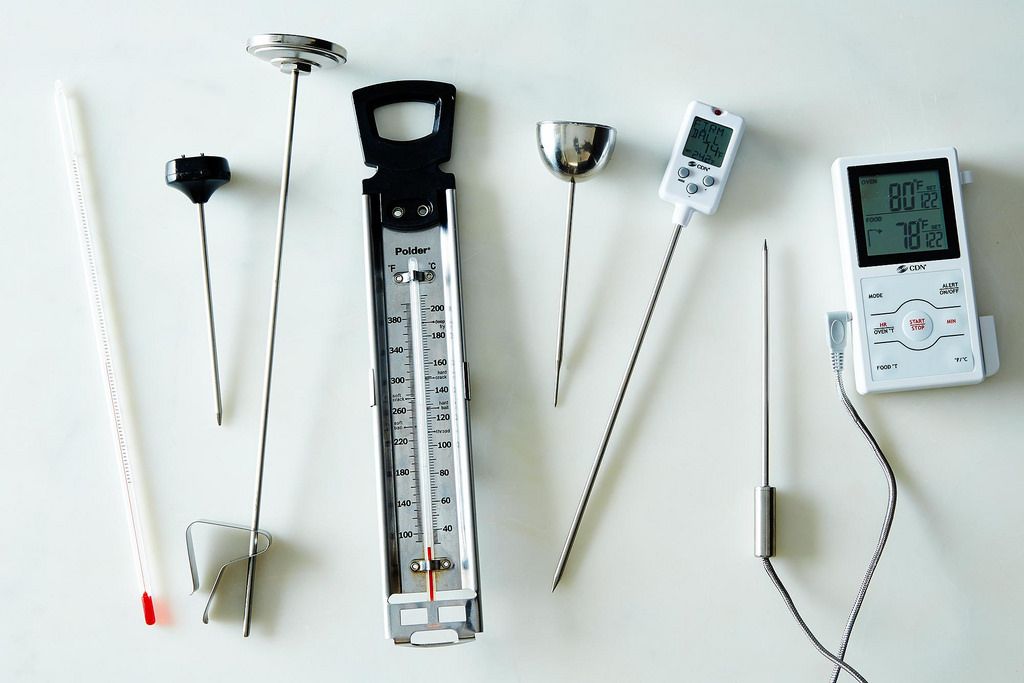
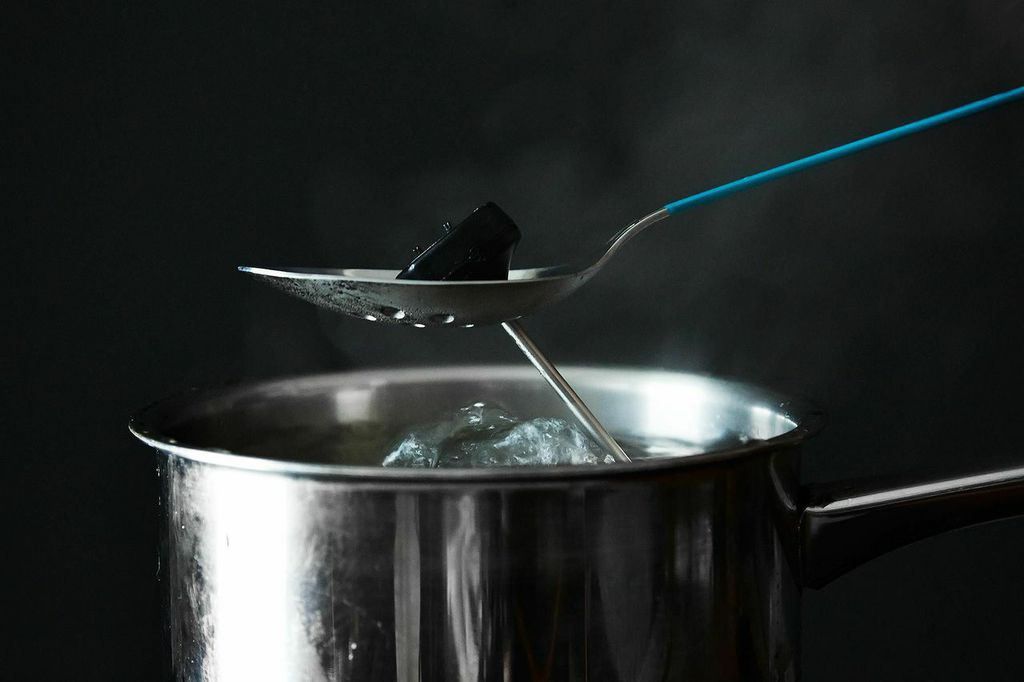
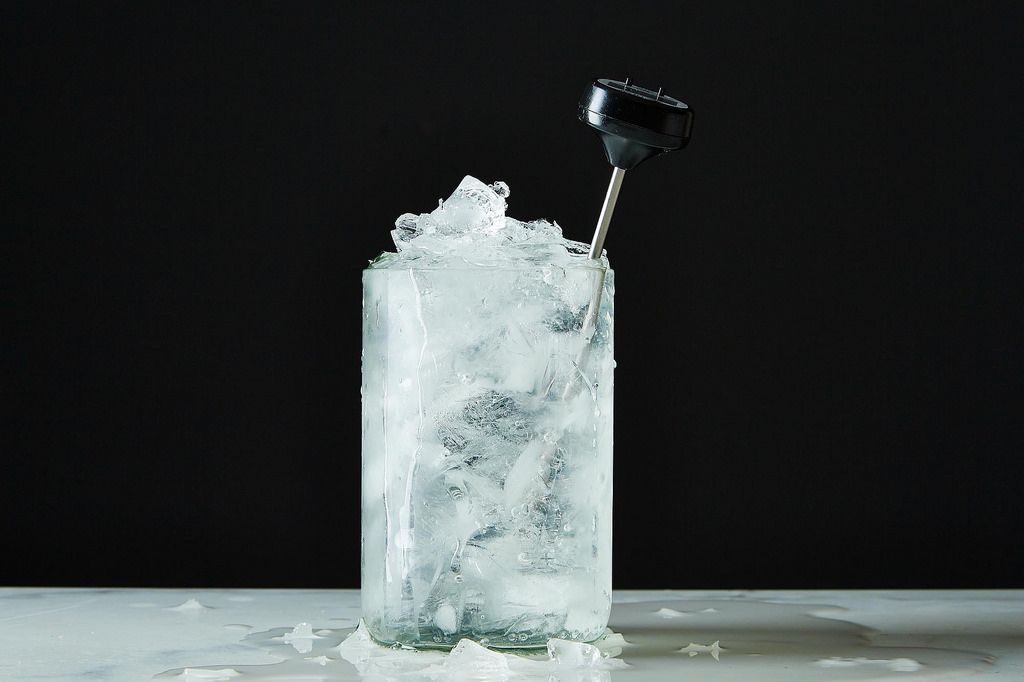
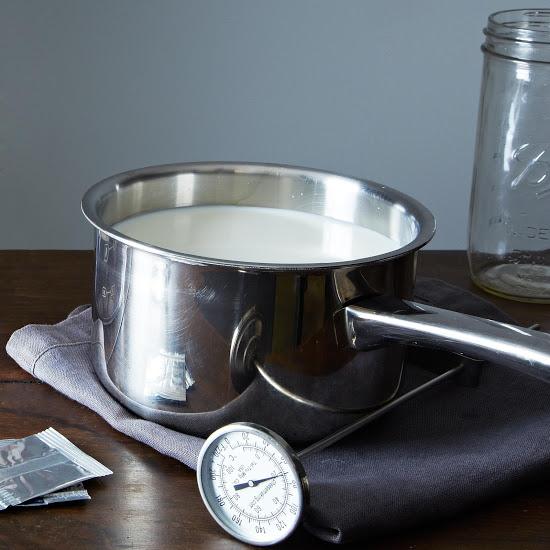
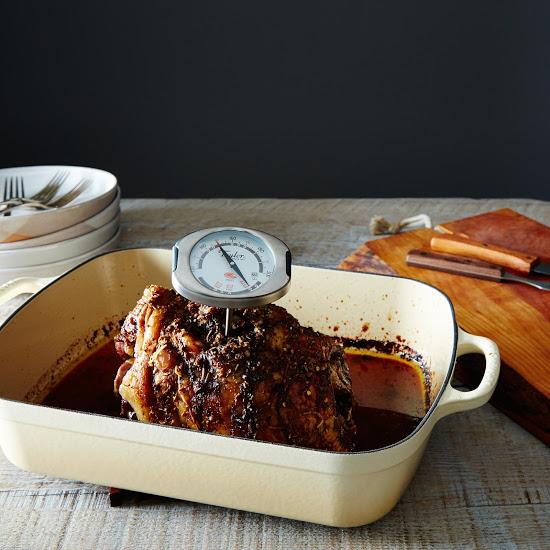

See what other Food52 readers are saying.